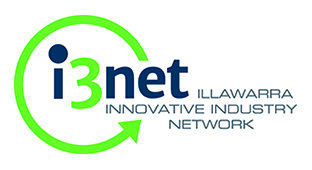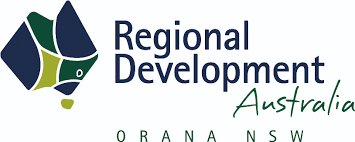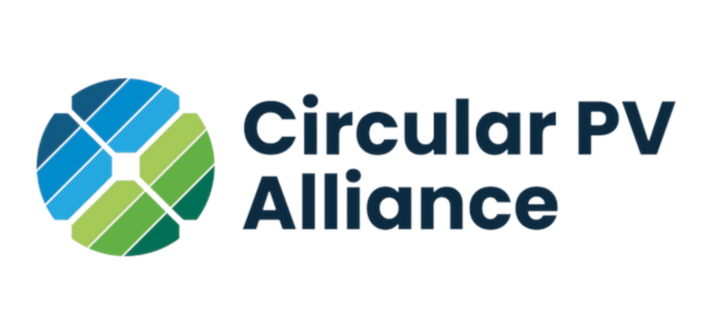Lithium recycling a target of CSIRO'S Circular Economy Roadmap
A new roadmap by Australia's national science agency, CSIRO, has developed key strategies for creating jobs and reclaiming billions in economic value from plastic, glass, paper and tyres currently going into landfill.

The National Circular Economy Roadmap found innovation is crucial to realising Australia's largest economic gains, which will come from designing new products and materials, including through advanced manufacturing, and in embracing new business models that will create domestic and export markets for waste streams.
This could more than triple job creation from resource recovery in Australia, where the recycling sector currently generates 9.2 jobs per 10,000 tonnes of waste, compared with only 2.8 jobs for the same amount of waste sent to landfill.
Increasing Australia's recovery rate by just 5 percent would add an estimated $1 billion to GDP.
The Australian Government's ban on the export of waste last year creates an opportunity for a new circular economy strategy that turns landfill into economic returns.
The roadmap aligns with a number of circular economy missions being developed by CSIRO and partners in industry, universities and government, including a mission to end plastic waste, a mission to transform Australian mineral commodities into higher-value products, and a mission to transition to net zero emissions.
Project leader Dr Heinz Schandl said the roadmap was commissioned by the Federal Department of Industry, Science, Energy and Resources and developed in collaboration with 83 industry, research and government partners to shape a circular economy strategy for Australia to address fundamental environmental issues and foster regional employment.
The roadmap identifies six elements for moving towards a circular economy of plastics, paper, glass and tyres:
- Retain material through use and collection
- Upscale and innovate recycling technologies
- Innovate and collaborate in design and manufacture
- Develop markets for secondary materials and the products that use them
- Streamline nationally consistent governance
- Secure a national zero waste culture
Lost to landfill: The hidden gems in our waste
- Plastic – $419M: Australia loses $419 million every year by not recycling PET and HDPE plastics.
- Paper – $115M: Cost savings from sending paper fibre to landfill is around $70 per tonne. With 1,642 kilotonnes sent to landfill each year, that’s $115 million.
- Lithium – $2.5B: Sending lithium from batteries to landfill results in a lost economic opportunity of up to $2.5 billion by 2036.
- Litter – $70M: Australia spent $70 million cleaning up dumped waste in 2016–17.















